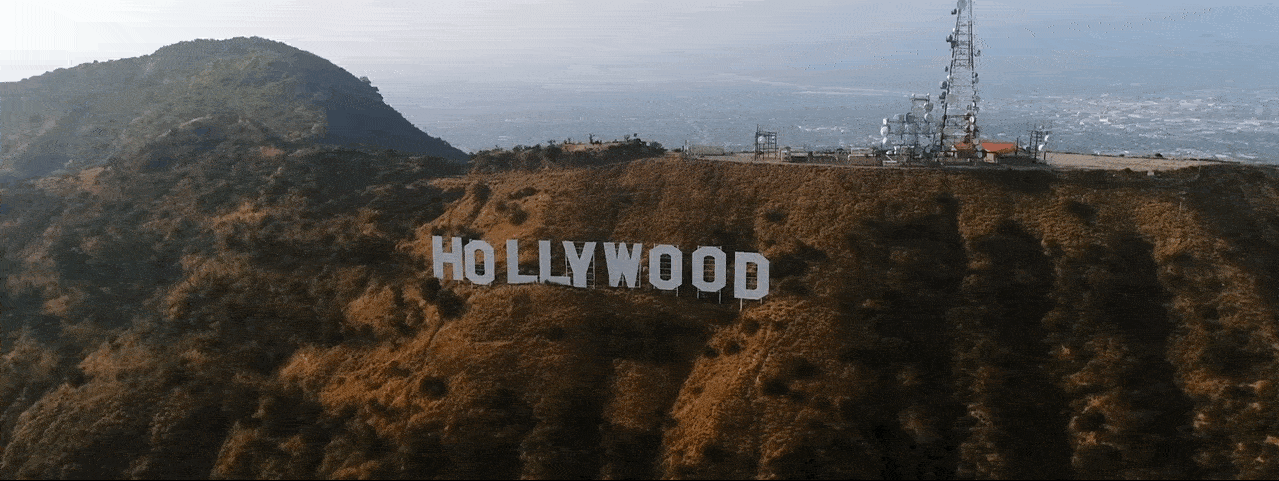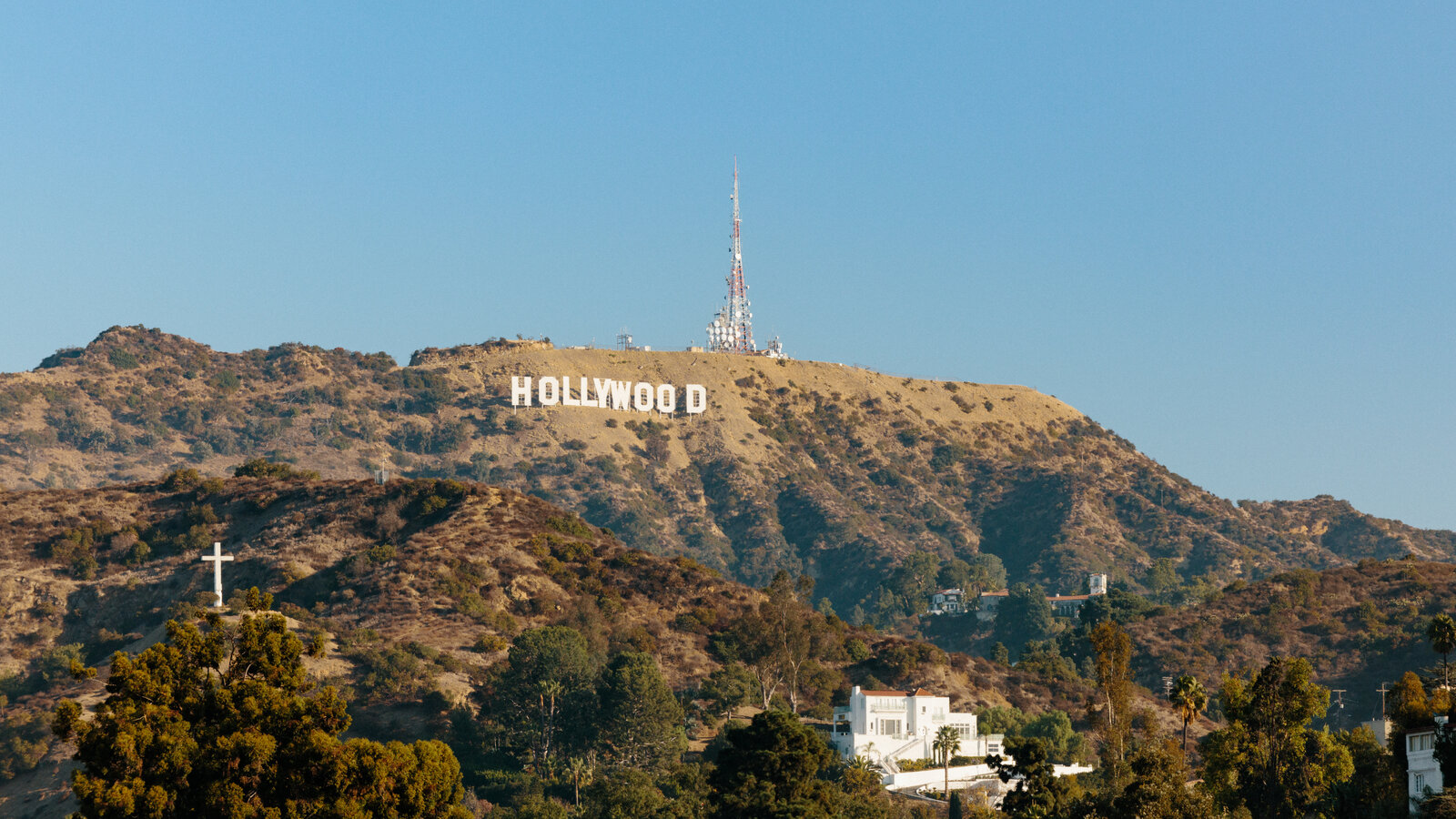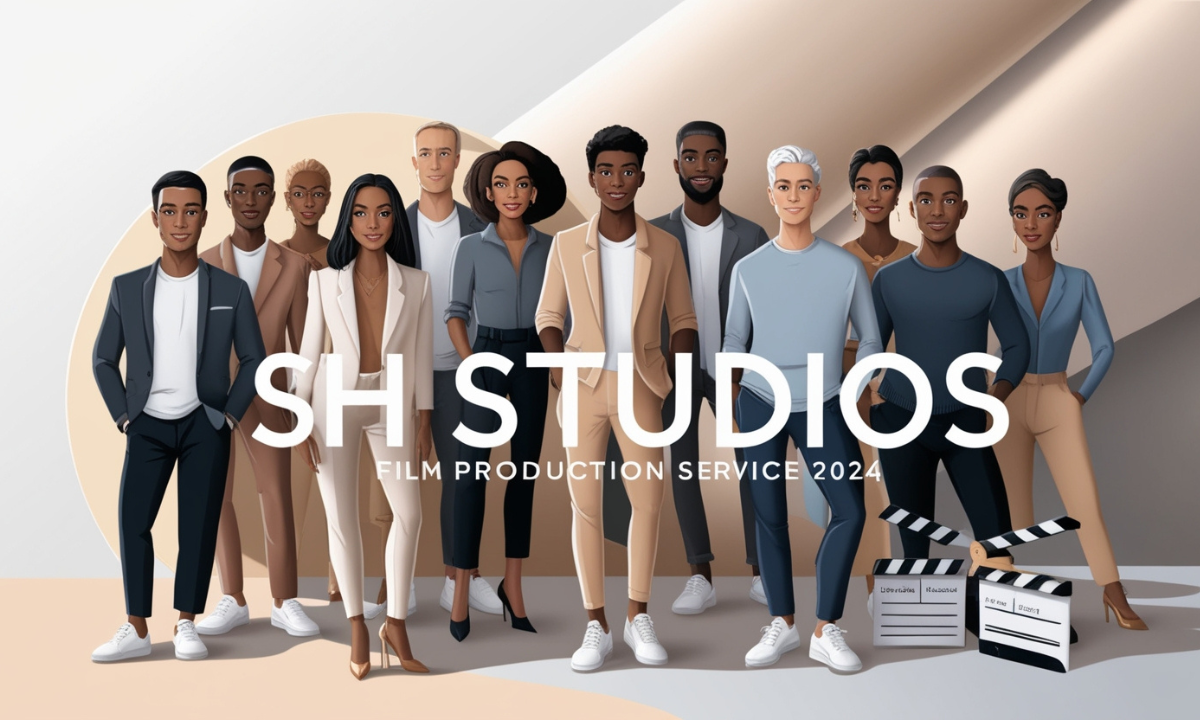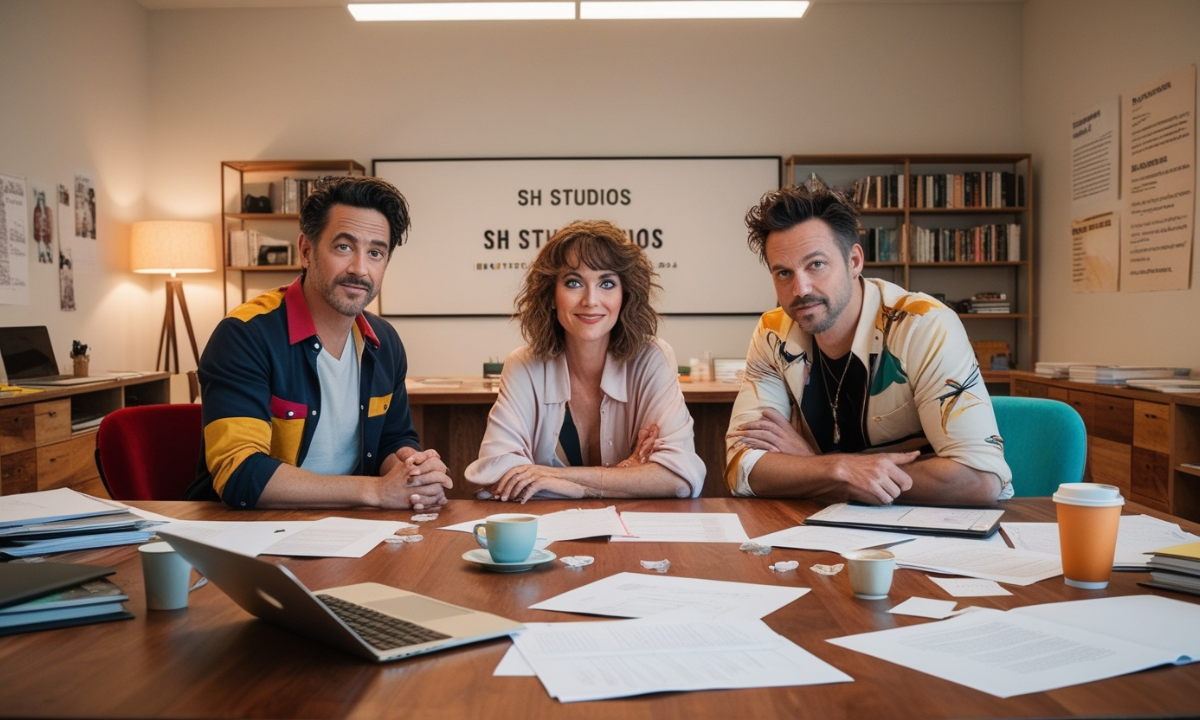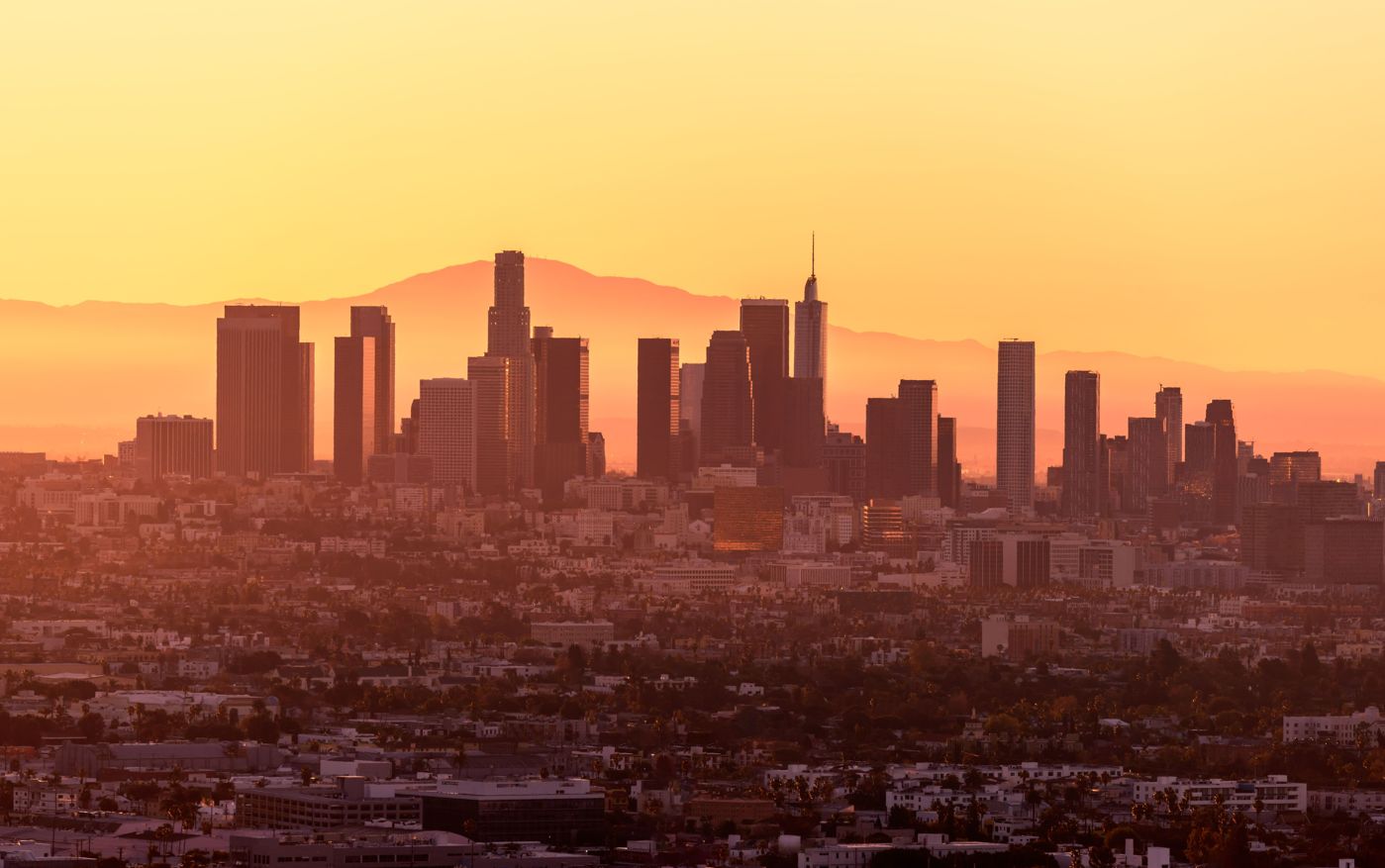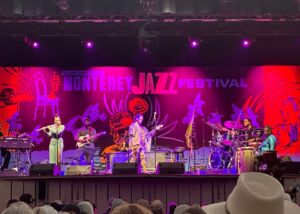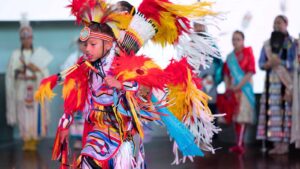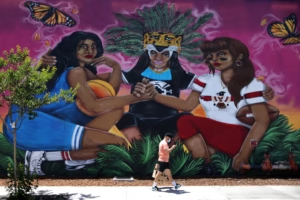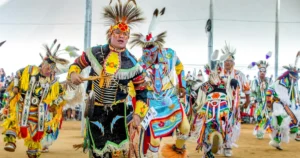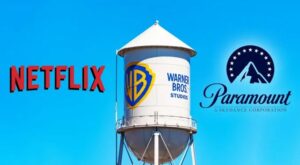How California’s Film Scene Shapes Local Culture Beyond Hollywood. When most people think of California’s role in the global film industry, they immediately picture the Hollywood sign perched above Los Angeles, the Walk of Fame, and big-budget studio backlots filled with A-list stars and production crews. While Hollywood has long been the symbolic and economic center of the entertainment world, there is a broader and richer narrative that often goes untold — the way California’s film scene, far beyond the glare of red carpets, actively shapes local culture, identities, and storytelling traditions across the state. From indie filmmakers in Oakland to student documentarians in Santa Cruz, and from community-based film collectives in East LA to surf cinematographers in San Diego, the film scene in California is as diverse and decentralized as the state itself. It’s not just about blockbusters. It’s about everyday people using film to reflect, challenge, and redefine their communities.
The True Foundation Of Hollywood
The truth is, California is more than just the home of Hollywood — it’s a cinematic ecosystem that nurtures regional voices and localized stories. In recent years, cities like San Francisco, Fresno, Sacramento, and Long Beach have emerged as hubs for independent filmmaking. These areas may not boast the multimillion-dollar studios of Burbank, but they are home to passionate creators who use film not for profit, but for purpose. Their stories are grounded in place — shaped by neighborhood, history, politics, and lived experience. When an indie filmmaker in Richmond tells a story about gentrification, or a Chicana director in Riverside explores generational identity through her lens, they’re adding threads to California’s cultural fabric that would otherwise be missing in mainstream narratives.

Take Oakland, for example — a city known for its activist roots, artistic boldness, and community pride. The Bay Area has long been fertile ground for socially conscious cinema. From the politically charged documentaries of the 1960s Black Panther movement to recent breakout successes like Sorry to Bother You, directed by Boots Riley, Oakland’s film scene has consistently fused artistic innovation with urgent storytelling. Local film festivals such as the Oakland International Film Festival and SF Urban Film Fest showcase emerging voices focused on issues like housing justice, racial equity, and climate resilience. These films don’t just entertain; they spark dialogue, inspire activism, and challenge dominant perspectives. And unlike the commercialized machinery of Hollywood, these stories are rooted in authenticity — told by those who live them.
The Roots Of Hollywood Talent
In Southern California, meanwhile, countless independent production companies and film schools are redefining what it means to be a filmmaker. Students at USC, UCLA, Chapman University, and CalArts are producing short films and documentaries that tackle everything from mental health to LGBTQ+ identity, often drawing directly from the local communities they inhabit. The result is a film culture that is incredibly personal and proudly experimental. Beyond the glitz of mainstream awards shows, these grassroots projects offer raw, unfiltered insights into the realities of life in California — the triumphs, the struggles, the beauty, and the complexity.
Indie Filmmaking
One of the most exciting trends in California’s broader film culture is the rise of community-based film collectives. These are organizations that support marginalized voices by offering resources, training, and platforms for underrepresented filmmakers. Groups like Visual Communications in Little Tokyo, Bay Area Video Coalition in San Francisco, and RE:FRAME in Los Angeles are doing the hard work of democratizing cinema — providing access to equipment, mentorship, and distribution channels to creators who have historically been excluded from the industry. These collectives are not just teaching people how to make films — they are building networks of cultural resilience and creative sovereignty. And in the process, they’re reshaping what kind of stories get told and who gets to tell them.
Environmental Filmmaking
Outside of traditional city centers, even rural and coastal regions of California contribute to the state’s rich cinematic tapestry. In Santa Cruz and Humboldt County, for example, environmental filmmakers document the state’s natural beauty and ecological struggles, capturing everything from redwood conservation efforts to the complexities of water rights. In San Diego, a surf filmmaking subculture thrives, with storytellers blending GoPro footage, historical context, and personal narrative to explore the spiritual and social aspects of wave-riding life. These hyper-local expressions may not top box office charts, but they are incredibly valuable — preserving subcultures, sparking dialogue, and building identity around the very places people call home.
One area where California’s local film scene is making a noticeable cultural impact is education. Across the state, K-12 schools, colleges, and nonprofit organizations are integrating media literacy and filmmaking into their curricula. Youth media programs like Youth FX, Street Level Youth Media, and Baycat empower students from underserved communities to pick up a camera and tell their own stories. These programs give young people the tools to shape their own narratives — and in doing so, challenge the stereotypes and silences imposed by mainstream media. The result is not just new filmmakers, but more confident storytellers and critical thinkers. These student-created documentaries and shorts often go on to screen at local festivals and community centers, where families and neighbors gather to see their realities reflected on screen — a powerful moment of cultural affirmation that Hollywood rarely delivers.
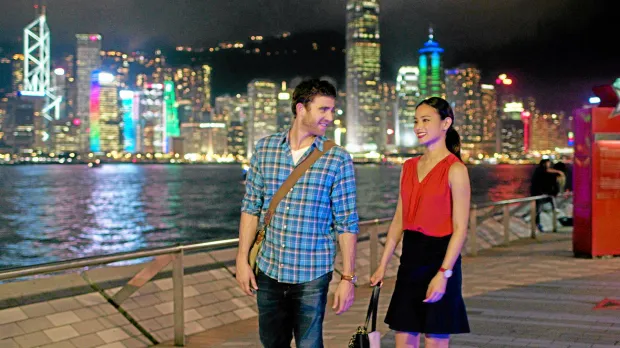
Let’s not forget how California’s multiculturalism directly fuels the richness of its broader film identity. With massive communities of Latinx, Asian American, African American, Indigenous, and immigrant populations, the state offers an incredible reservoir of untold stories. Filmmakers like Ava DuVernay, Patricia Cardoso, Lulu Wang, and Justin Chon have all tapped into this reservoir to tell films that feel local in soul, even when they reach global audiences. These stories often begin in smaller festivals or city-based production programs before making it to major platforms. That pipeline — from local to global — starts with California’s unique commitment to cultural production beyond the glitz of the mainstream.
While Hollywood continues to dominate media narratives, it’s these smaller, hyperlocal film efforts that are truly shaping the cultural consciousness of California. They are capturing realities that Hollywood often glosses over — life in affordable housing units, immigrant journeys, Indigenous land resistance, queer joy, working-class struggles, and neighborhood beauty. And as more people turn to alternative platforms like YouTube, Vimeo, film co-ops, and micro-cinemas, the power of California’s local film scenes only grows stronger. These are not stories waiting to be discovered by gatekeepers — they are already being told, screened, and celebrated within their communities.
Conclusion: The True Heart Of Filmmaking
In 2025, California’s film scene is more than an industry — it’s a cultural mirror, a storytelling laboratory, and a tool for social change. And while the Hollywood sign may still sit atop the hills as a beacon of global cinema, the real heart of California film culture beats everywhere — in community centers, classrooms, garages, basements, backyards, and beaches. It’s in the hands of everyday people picking up cameras to tell truths the world needs to hear. Whether you’re a viewer, a creator, or just someone who loves good storytelling, look beyond Hollywood and you’ll find a California rich with cinematic soul — alive, diverse, and always ready to roll.

